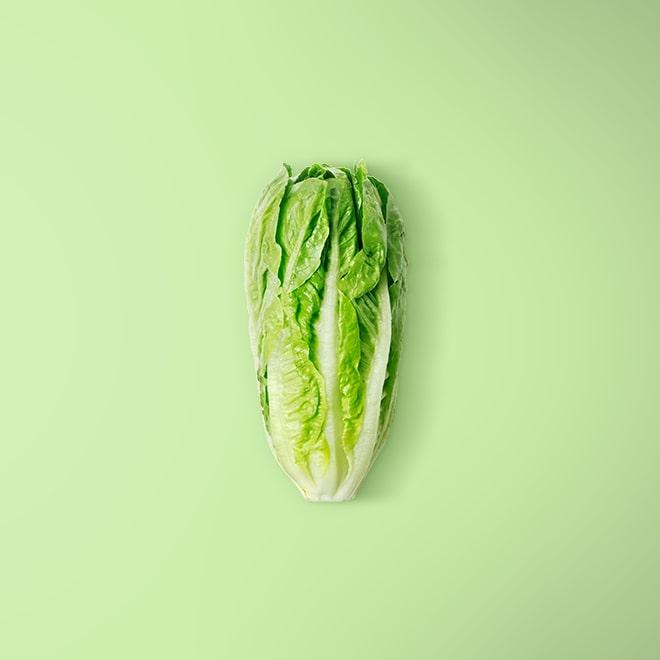Romaine Lettuce




Romaine lettuce, also known as Cos, is a variety of crispy lettuce with long, green leaves.
Romaine lettuce is quite hearty and will maintain its crunch even when grilled. Romaine is wonderful in caesar salad, sandwiches, as a wrap, or even in soup.
Avoid lettuce that has holes or is limp or yellowing.
It is best to store lettuce in the crisper drawer of the refrigerator. The temperature of the crisper drawer should be just above 32 degrees Fahrenheit.
Always wash lettuce before eating and be sure that there is no dirt on the leaves prior to draining. Shake the water from the leaves and place them on paper towels to dry thoroughly.
Individual lettuce leaves can be stored for up to 8 days when placed on paper towels, rolled up, and then placed in resealable Ziploc bags.
Try Lettuce Radish Soup; cook a bit of garlic or onion in oil, add stock, radish greens, romaine lettuce, and potatoes. Cook the until greens wilt. Blend the whole thing and chill. Serve warm or cool.
Use the leaves from the romaine, then replant the root end in your container garden and wait to harvest the new leaves that will grow back.
Instead of bread, use romaine lettuce to hold the contents of your next sandwich. We are partial to tuna salad served in romaine leaves.
The most common reason that lettuce browns is a chemical process known as oxidation. Enzymes, activated when leaves or stems are cut, produce compounds that result in brown stains, especially at the base or anywhere the leaves are damaged during harvest and storage.
Romaine lettuce is particularly sensitive to ethylene, a gas that accelerates ripening and is emitted in differing concentrations by most fruits and vegetables during storage. Apples and pears are the most abundant producers of this gas, so store lettuce far away from these fruits in your refrigerator.
If you choose to grill your romaine, cook only the heartiest portion of the head and leave the head intact.
Prepare each heart of romaine by rinsing it under cold water and pull off any wilted leaves around the edges. Cut the head into quarters, lengthwise, and brush or drizzle each quarter with olive oil. Grill till leaves reach desired level of golden (about 30 seconds on each side). Serve with caesar dressing.
Romaine is a wonderful addition to sandwiches such as a BLT. Toast 2 slices of bread, slather with mayonnaise and top with thick slices of beefsteak tomatoes, crisp bacon, and romaine lettuce.
Romaine lettuce is a very good source of dietary fiber, manganese, potassium, biotin, vitamin B1, copper, iron, and vitamin C. It is also a good source of vitamin B2, omega-3 fatty acids, vitamin B6, phosphorus, chromium, magnesium, calcium, and pantothenic acid.
Lettuce has only 17 calories for every 100 grams. As a result, it can be consumed in massive quantities without dramatically increasing daily calorie consumption.
Corrections or improvements? Email us at
content@sidechef.com